Our monthly trip into the archives has unearthed a variety of old photos showing September as a month of change in Aberdeen.
Not only the passing of seasons as summer drifts into autumn, but buildings going up and buildings coming down.
At one time, many people lived in abject poverty in Aberdeen city centre in crowded, run-down housing, with open sewers and little in the way of sanitation.
Condemned Black’s Buildings was Aberdeen’s oldest tenement by September 1958
It’s hard to imagine these days, but where shiny office blocks, shops and roads are now, stood slum tenements, rife with disease.
Nearly 3,000 slums were cleared by the 1930s and Aberdeen’s housing improved greatly by the mid-20th Century.
But still clinging on in 1958 was one of the city’s most notorious slums – Black’s Buildings at the Denburn.
Black’s Buildings ran from the top of Denburn Road down towards the Well of Spa, behind His Majesty’s Theatre.
The houses were named after James Black, a wine merchant who traded on Crown Street, Union Street, and was described as a man “not easy to deal with”.
Built in stages between 1798 and 1830, by the time Black’s Buildings was demolished, it was Aberdeen’s oldest tenement block.
And it stood in stark contrast to the grand library, church and theatre towering above.
Neglected buildings made tenants ill
There were calls for the demolition of the neglected buildings as early as the 1920s; they were long considered an eyesore.
And Black’s Buildings featured regularly in the Sheriff Court rolls as the home address of petty criminals.
But it wasn’t all doom and gloom. Before the dual carriageway and developments, Woolmanhill was a close-knit neighbourhood.
Many children had a fun upbringing there, despite the poverty.
There were independent shops, and children enjoyed playing at the ‘Trainie Park’ and old air raid shelters at Woolmanhill Hospital.
But in early 1958, there were grave concerns the poor condition of Black’s Buildings was making its inhabitants ill.
A pipe burst above a bedroom where a six-month-old baby boy slept, leaving an inch of water on the floor.
The infant had already been hospitalised with pneumonia and was still suffering from bronchitis months later.
When the ceiling collapsed into properties below, it was the final straw before the council began rehoming residents.
And by September the old buildings were taken down and the area became the Denburn dual carriageway.
In pictures: Looking back at September days over the decades
ALL IMAGES IN THIS ARTICLE ARE COPYRIGHT OF DC THOMSON. UNAUTHORISED REPRODUCTION IS NOT PERMITTED.
To purchase archive photos, contact archives@dcthomson.co.uk
If you enjoyed this, you might like:
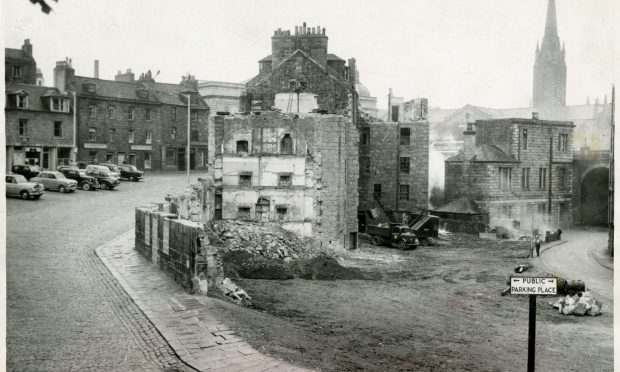
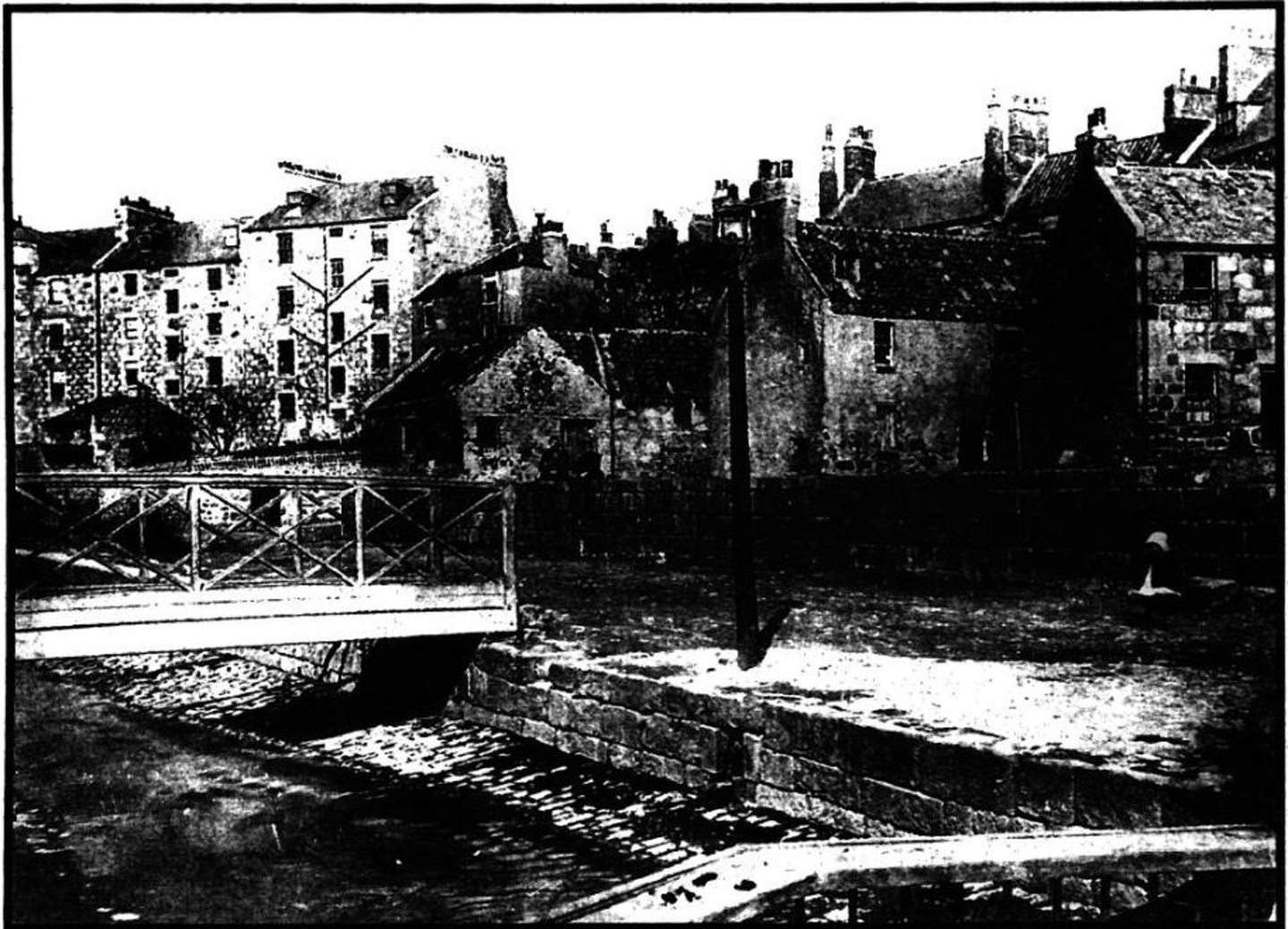

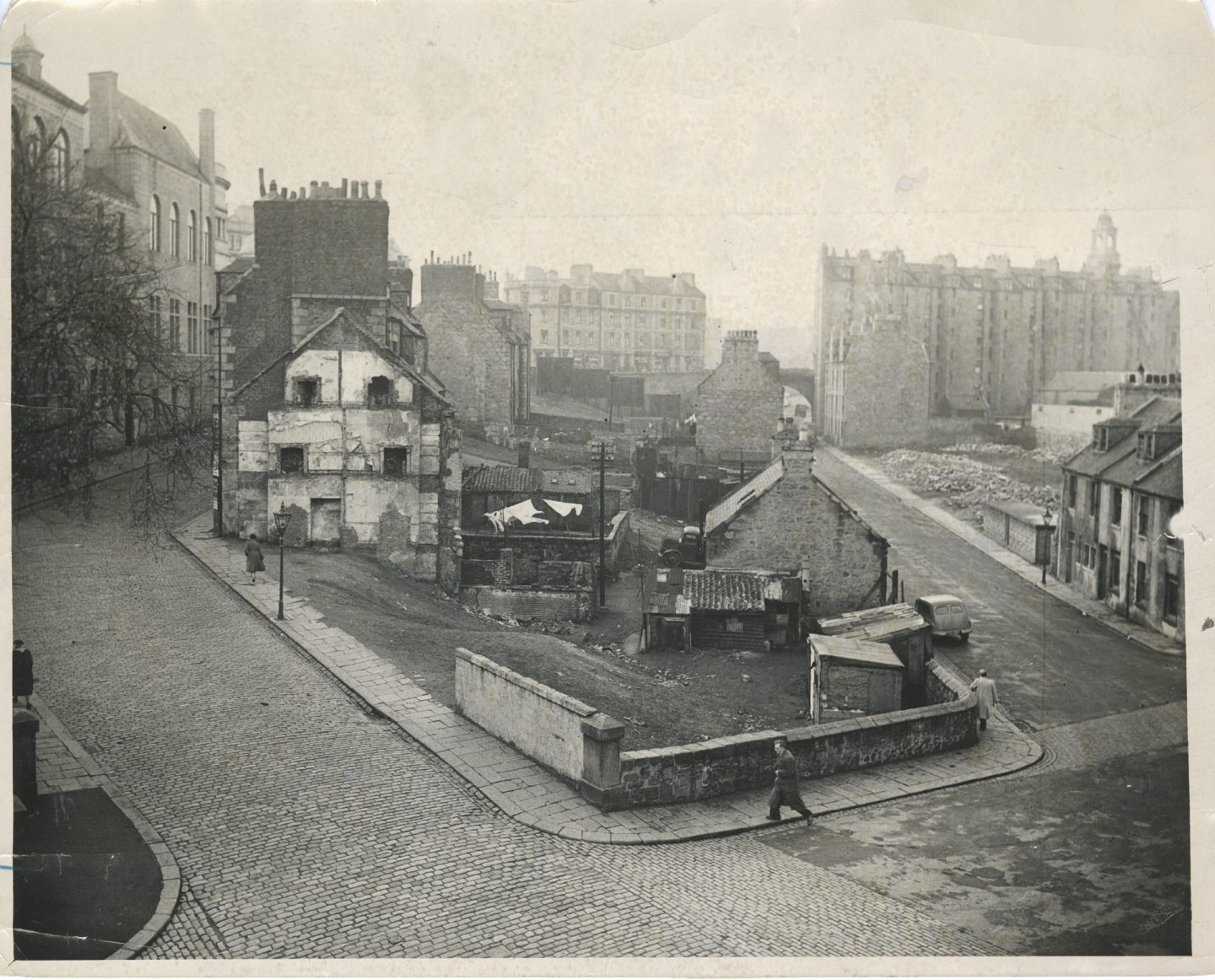
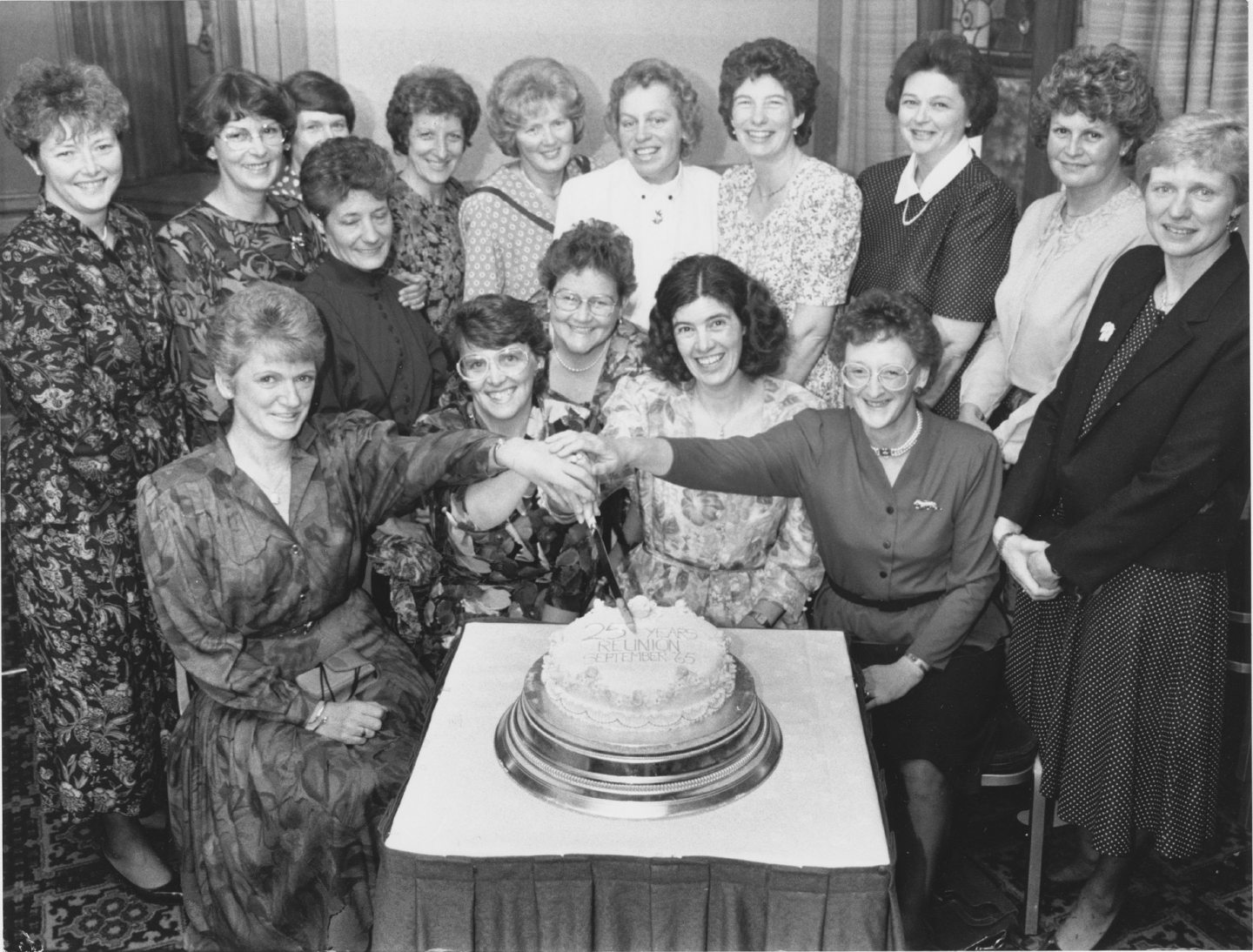
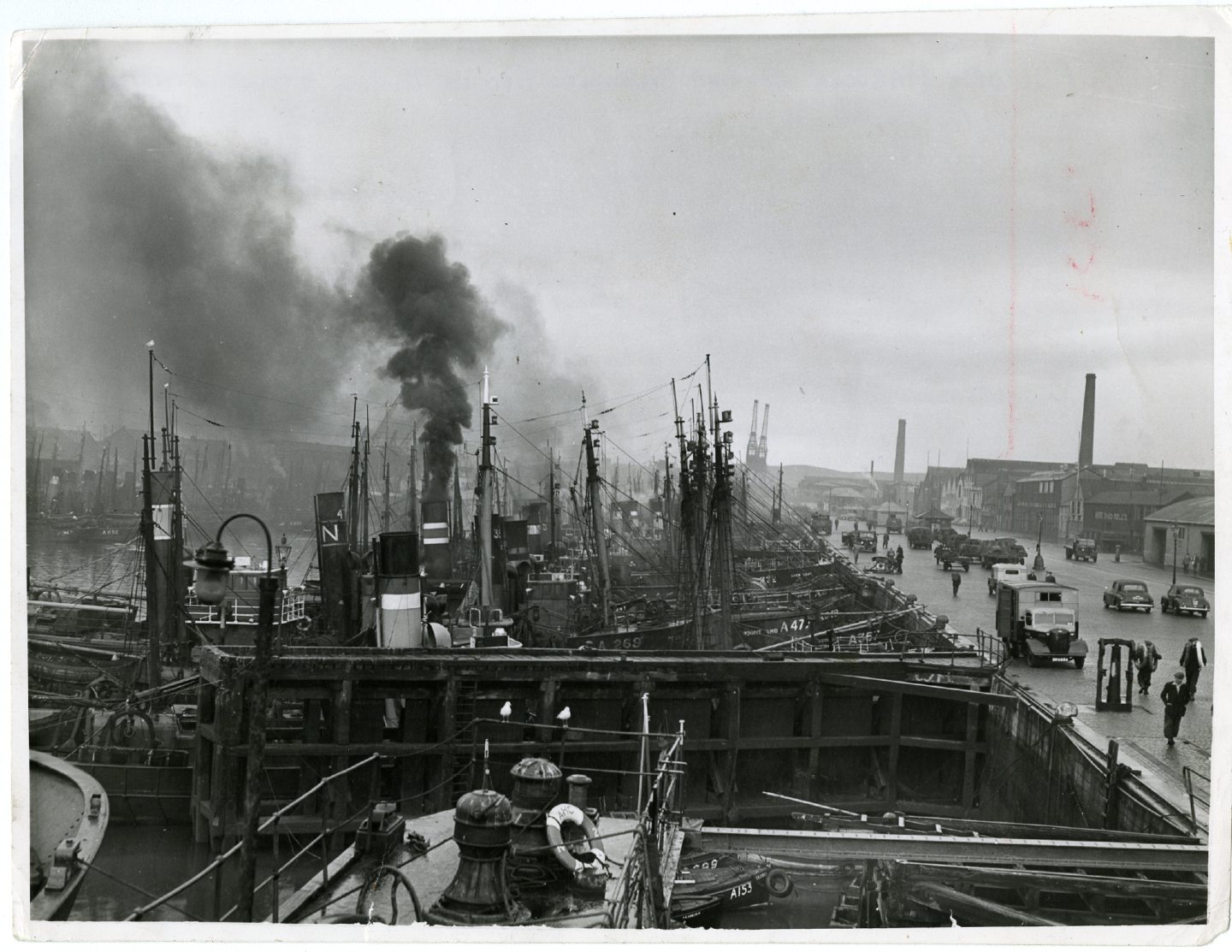
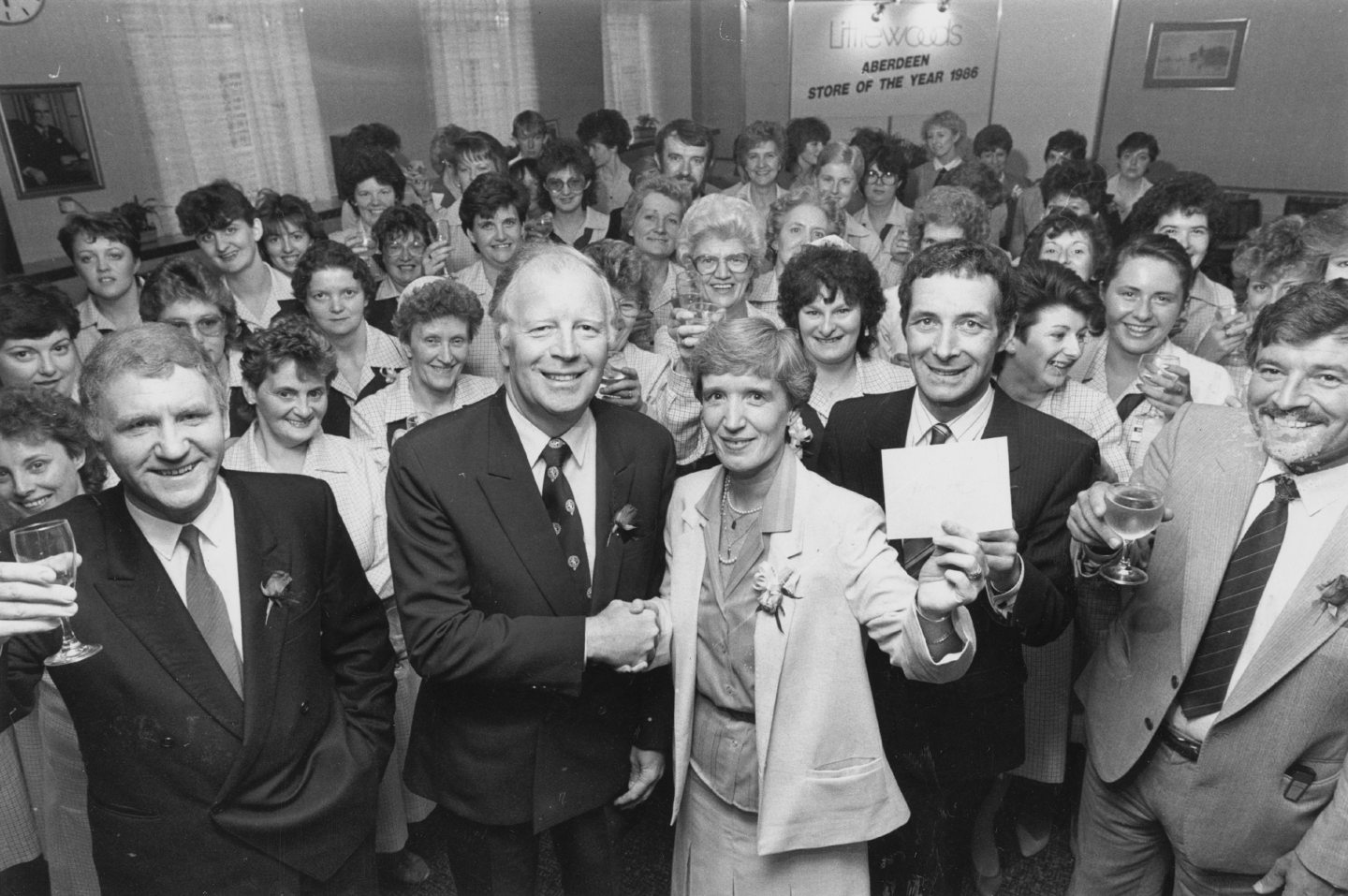
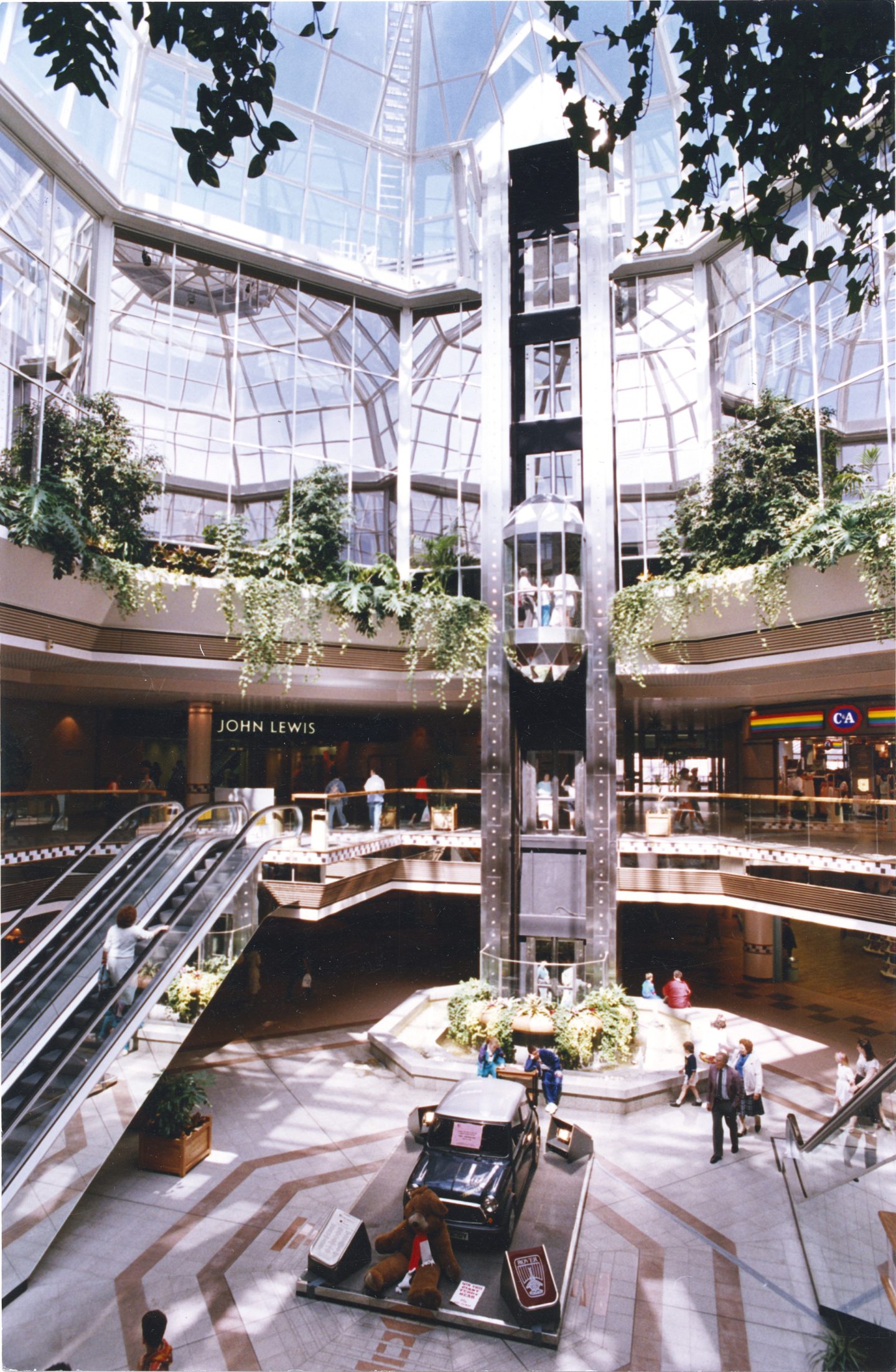
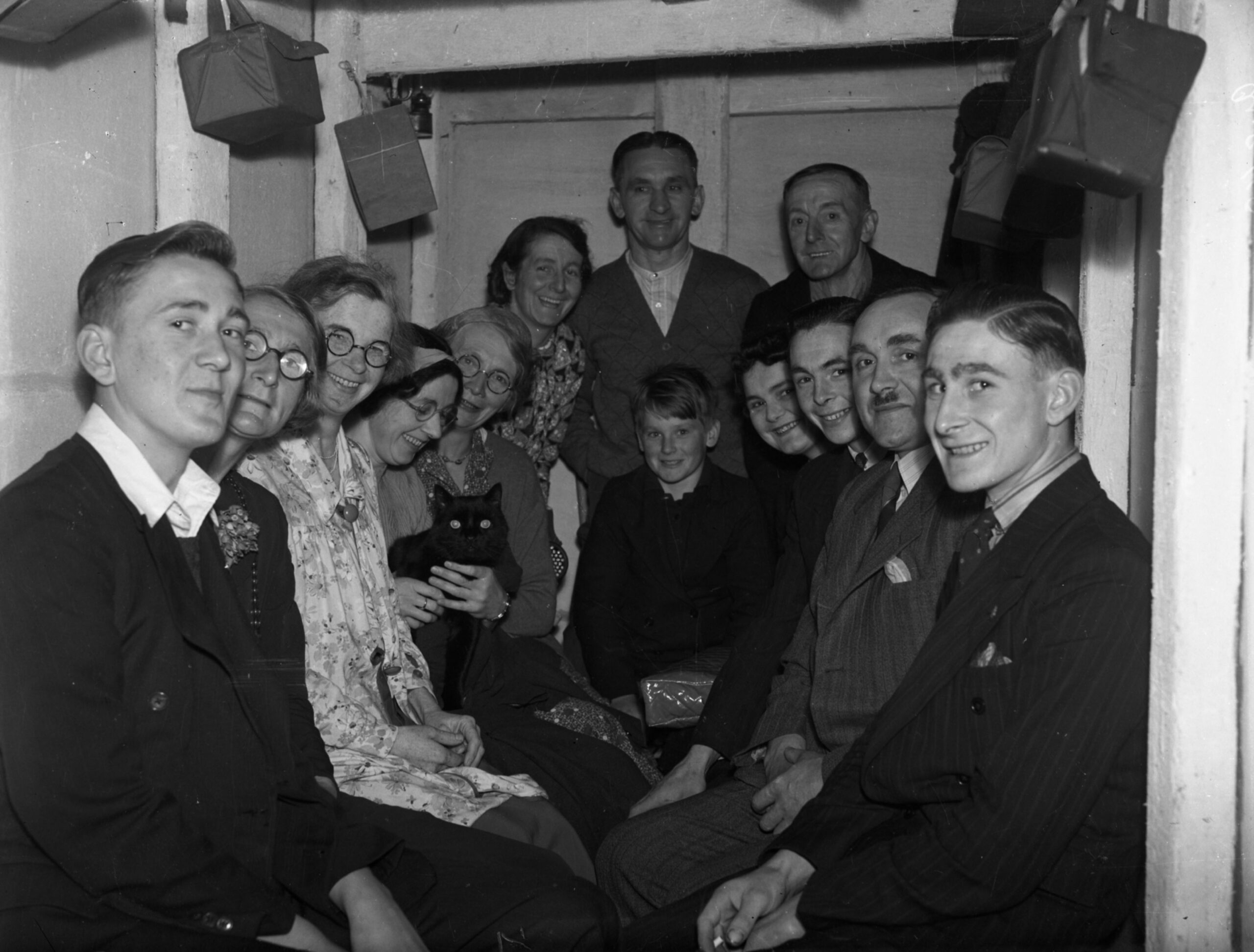
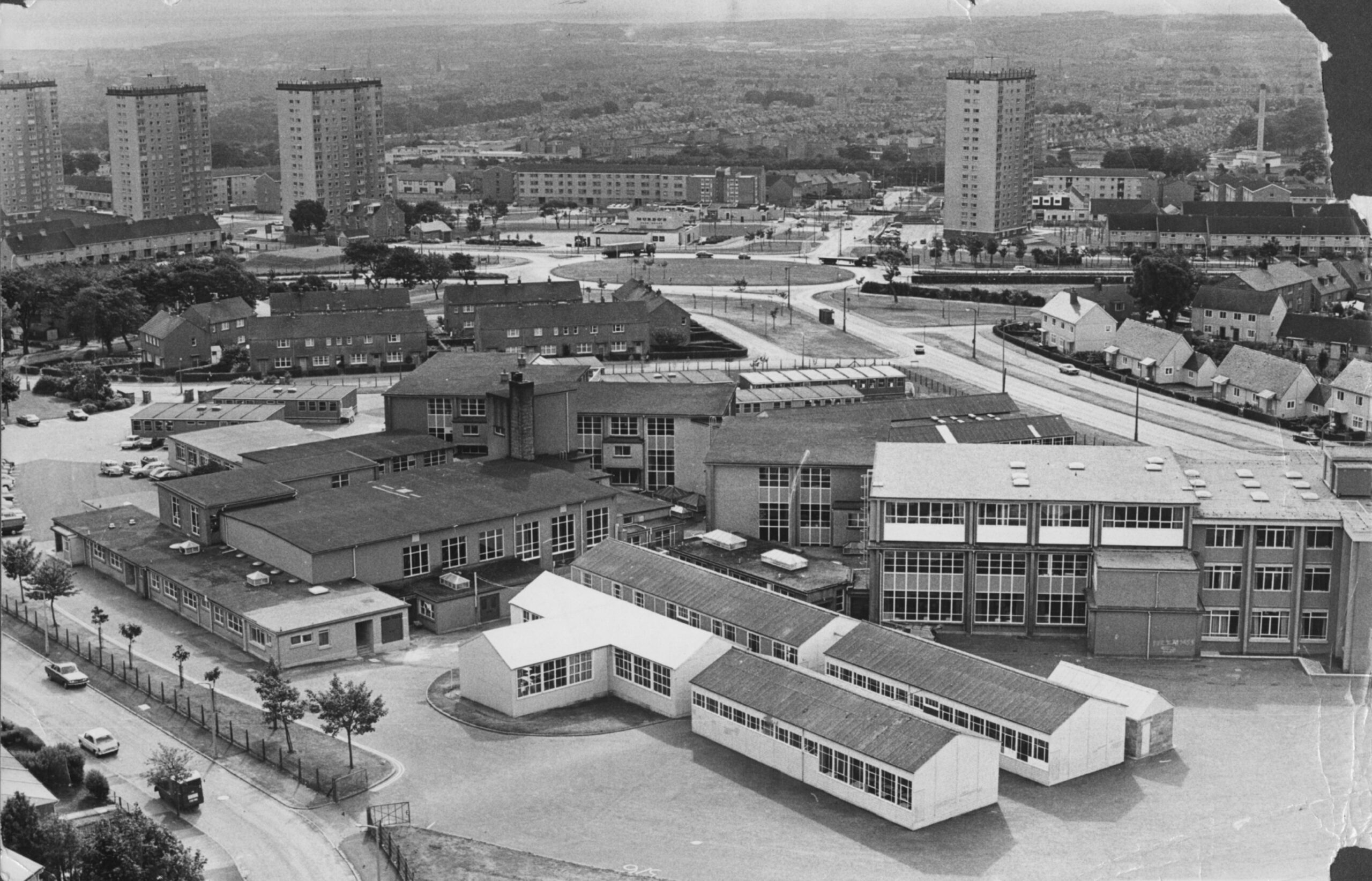
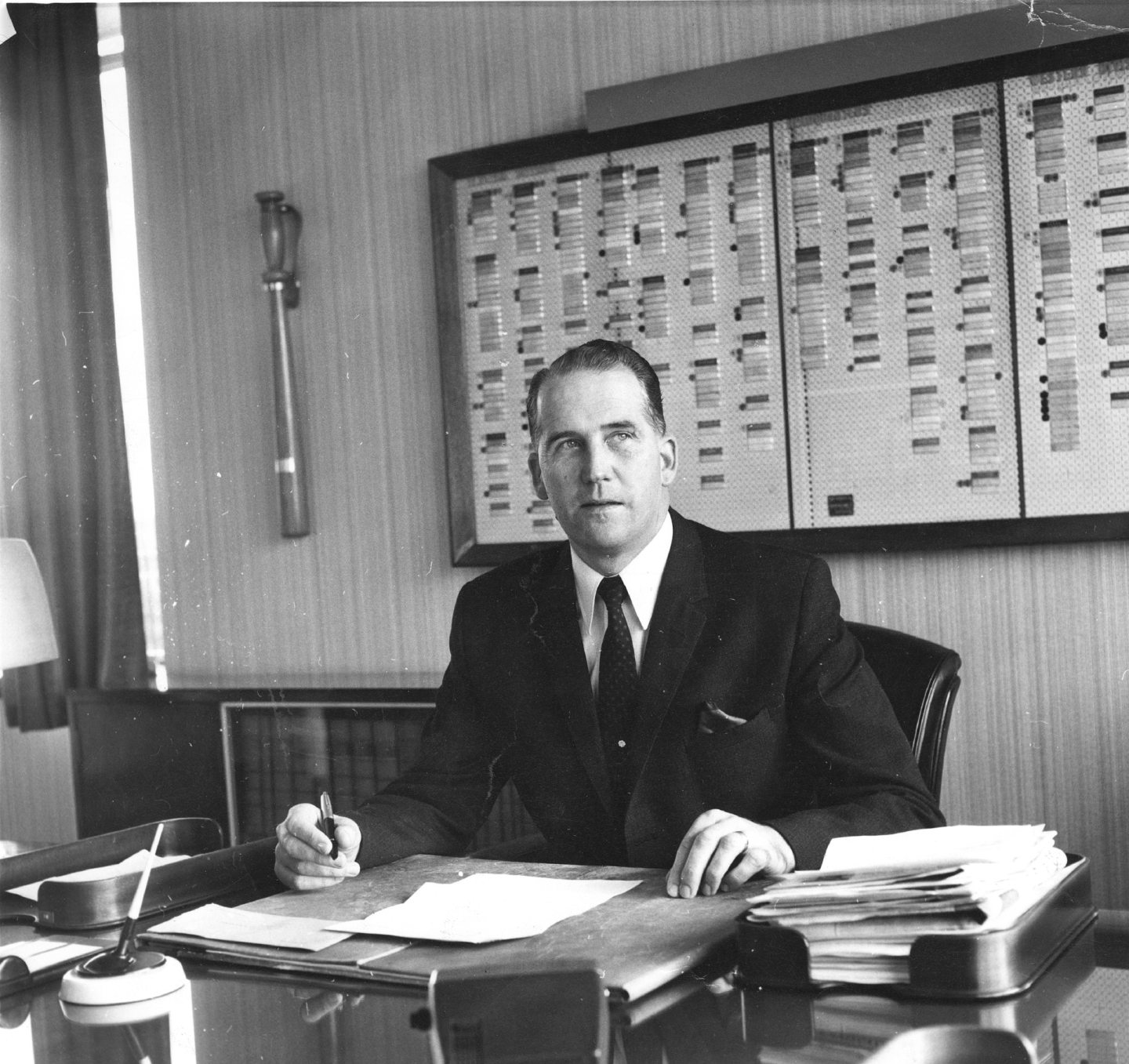
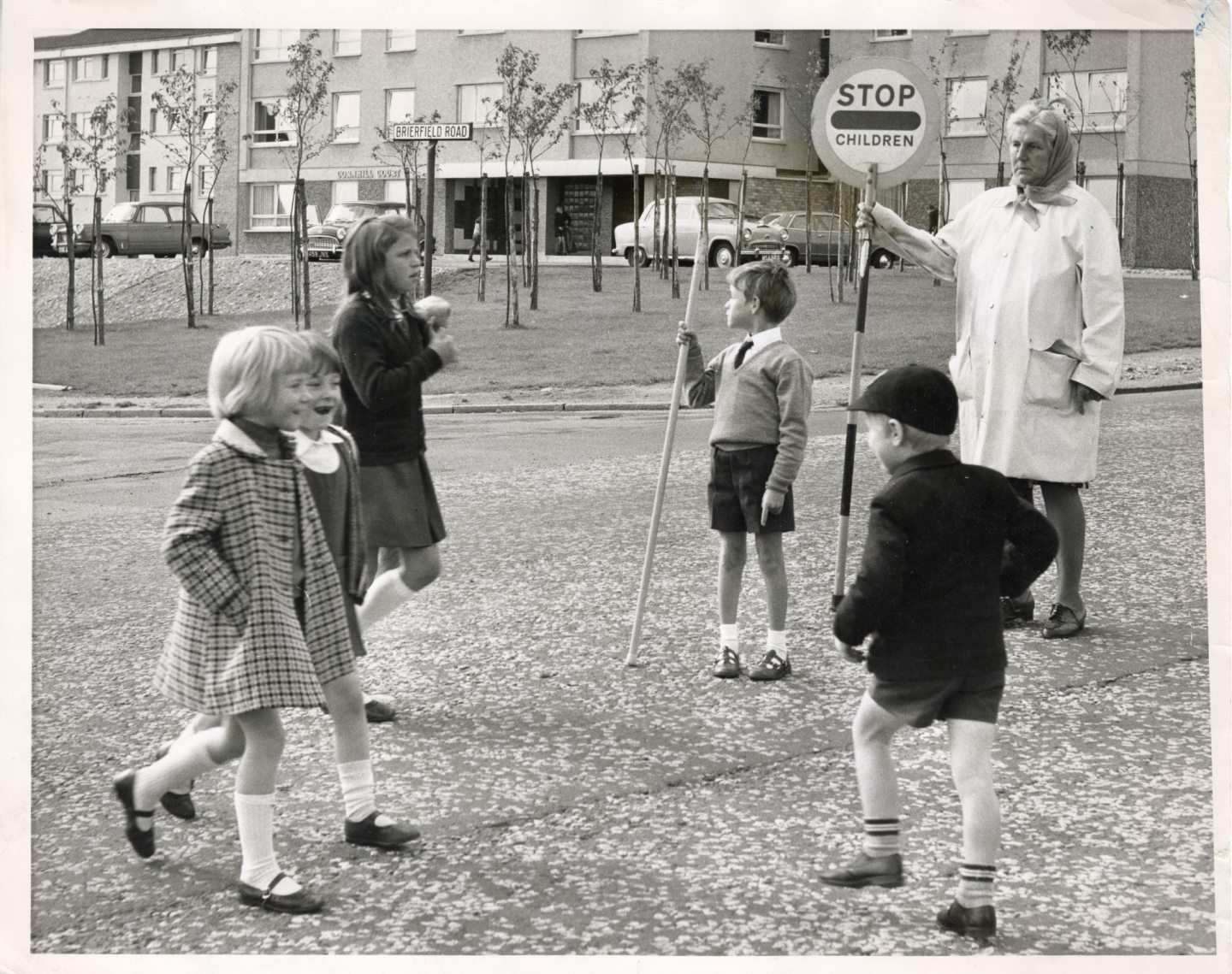
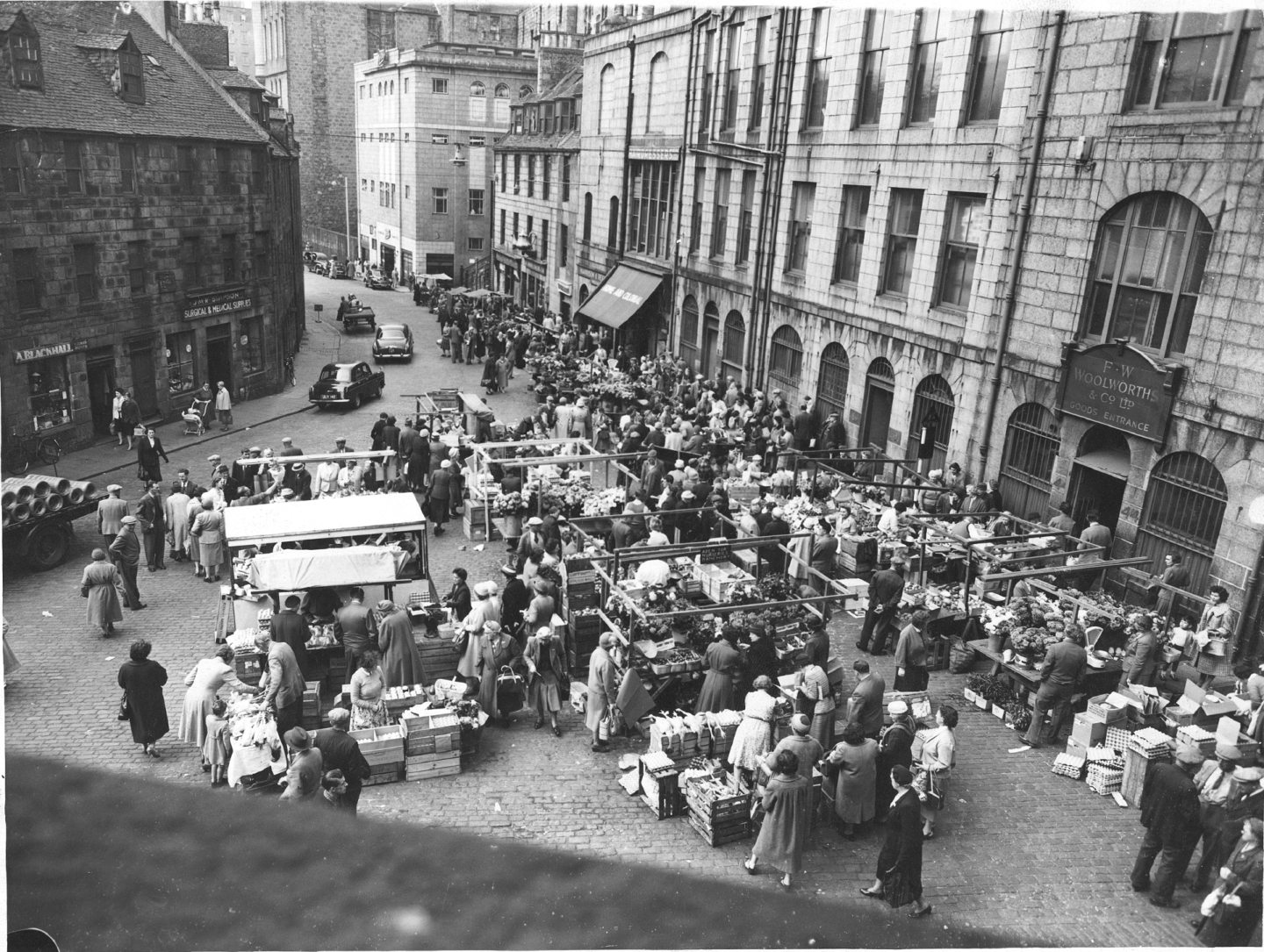
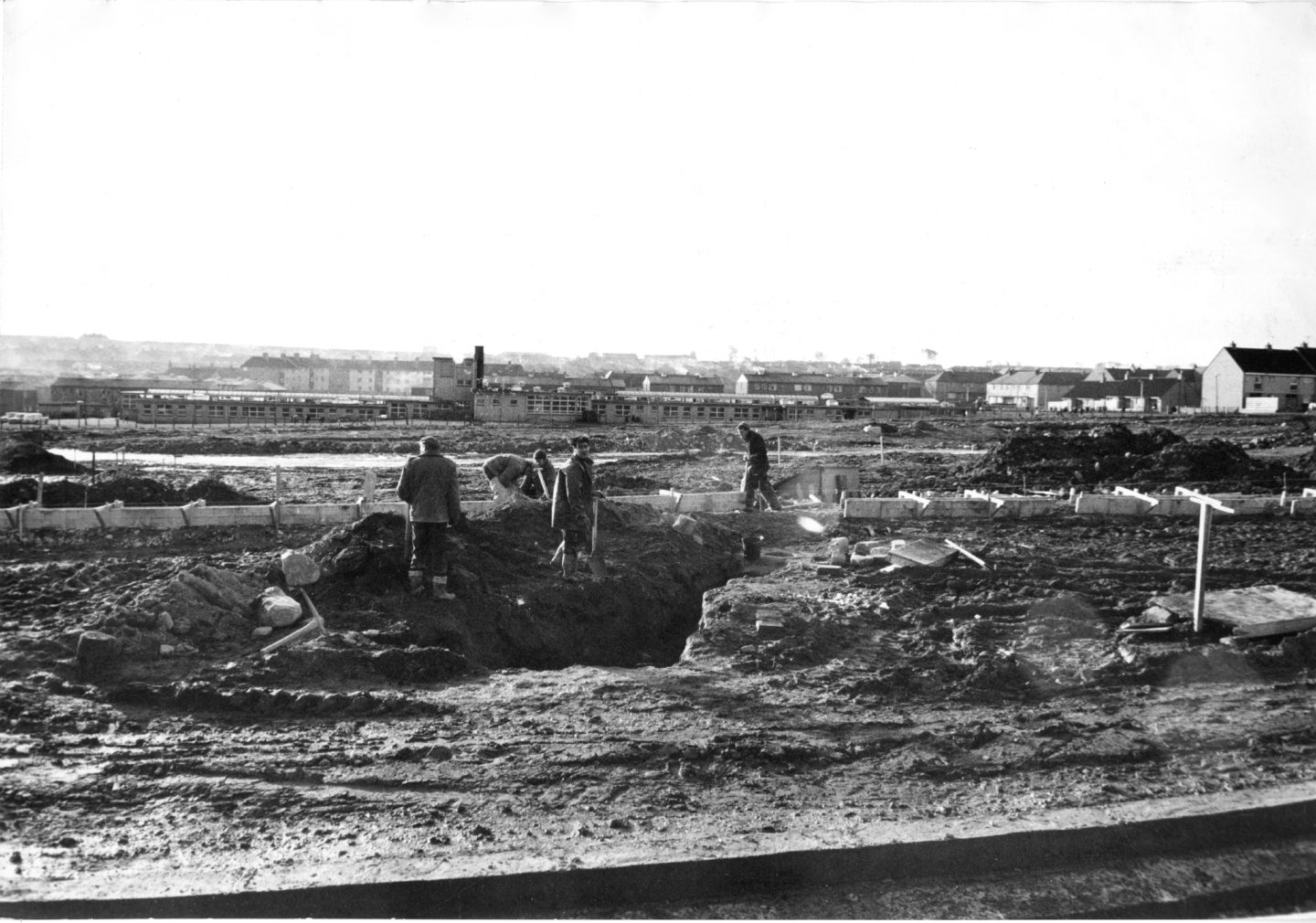
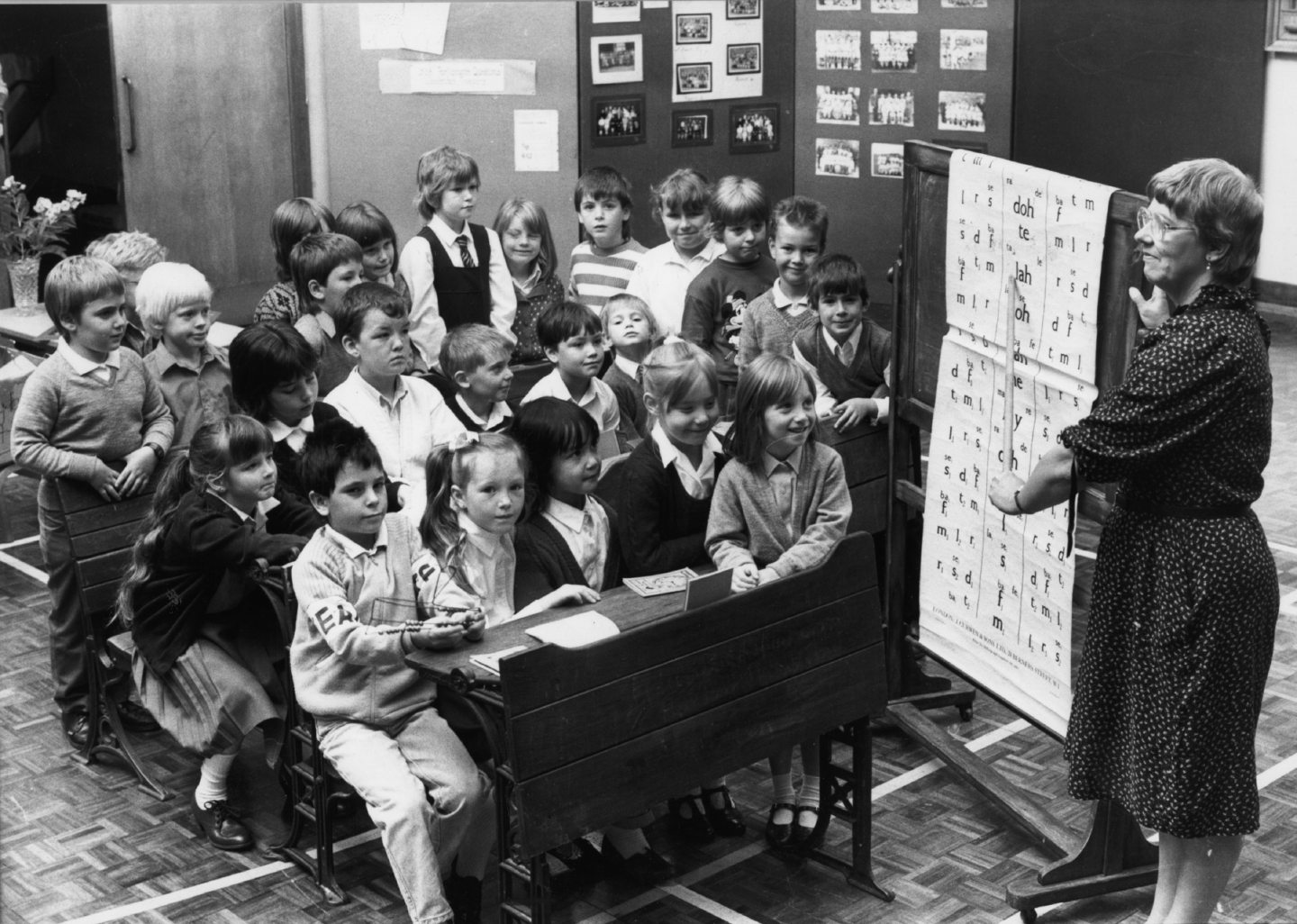
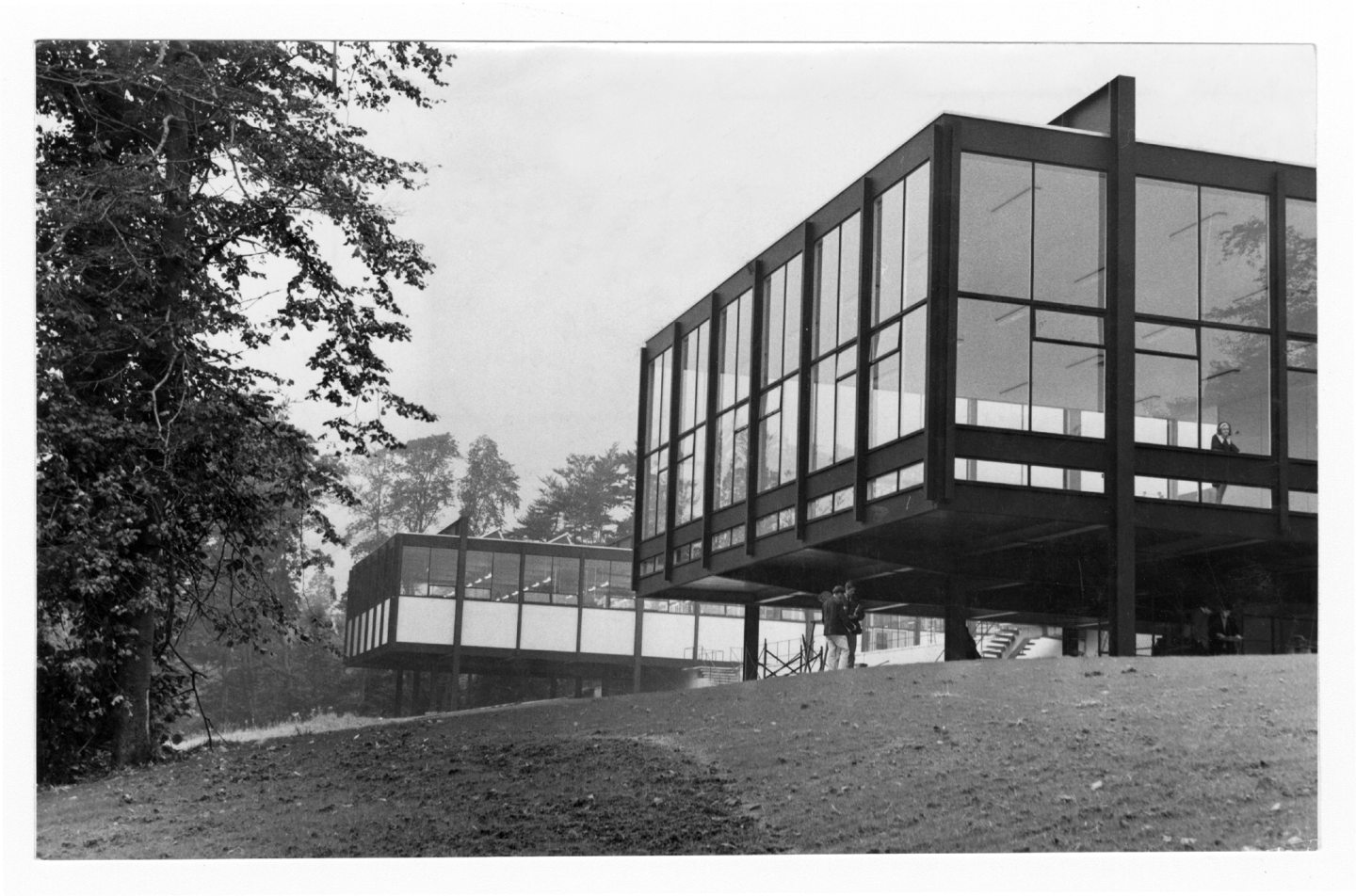
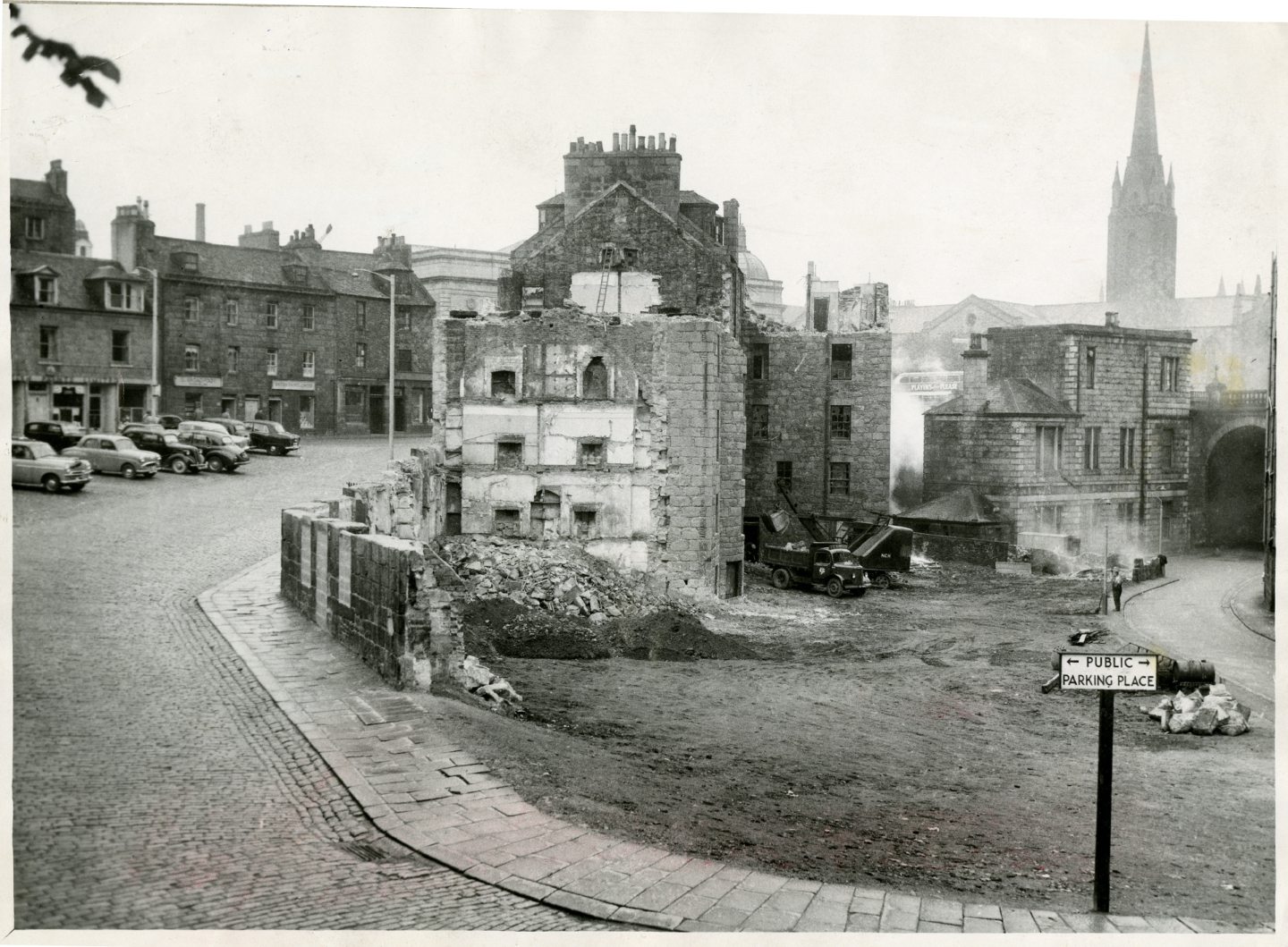
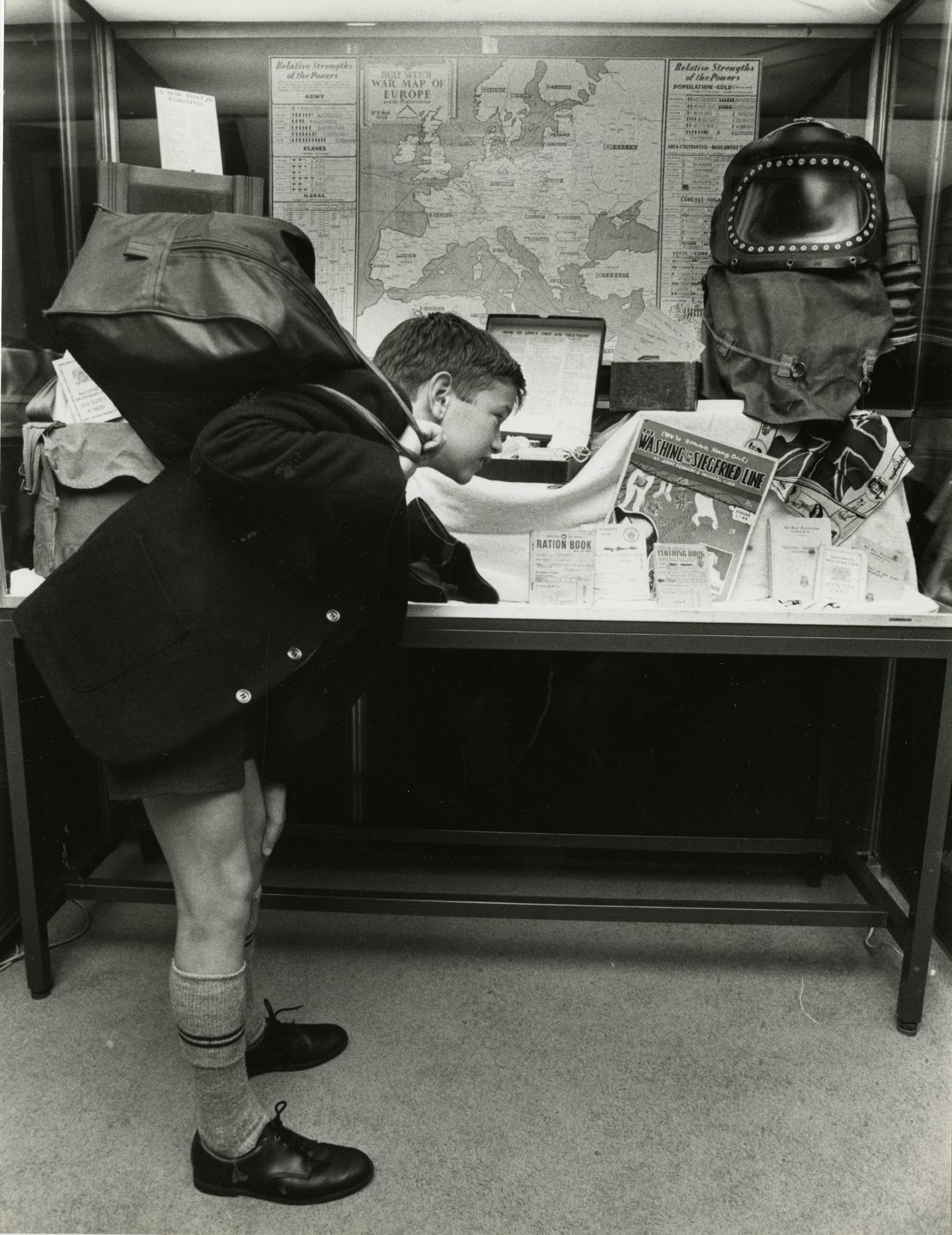
Conversation